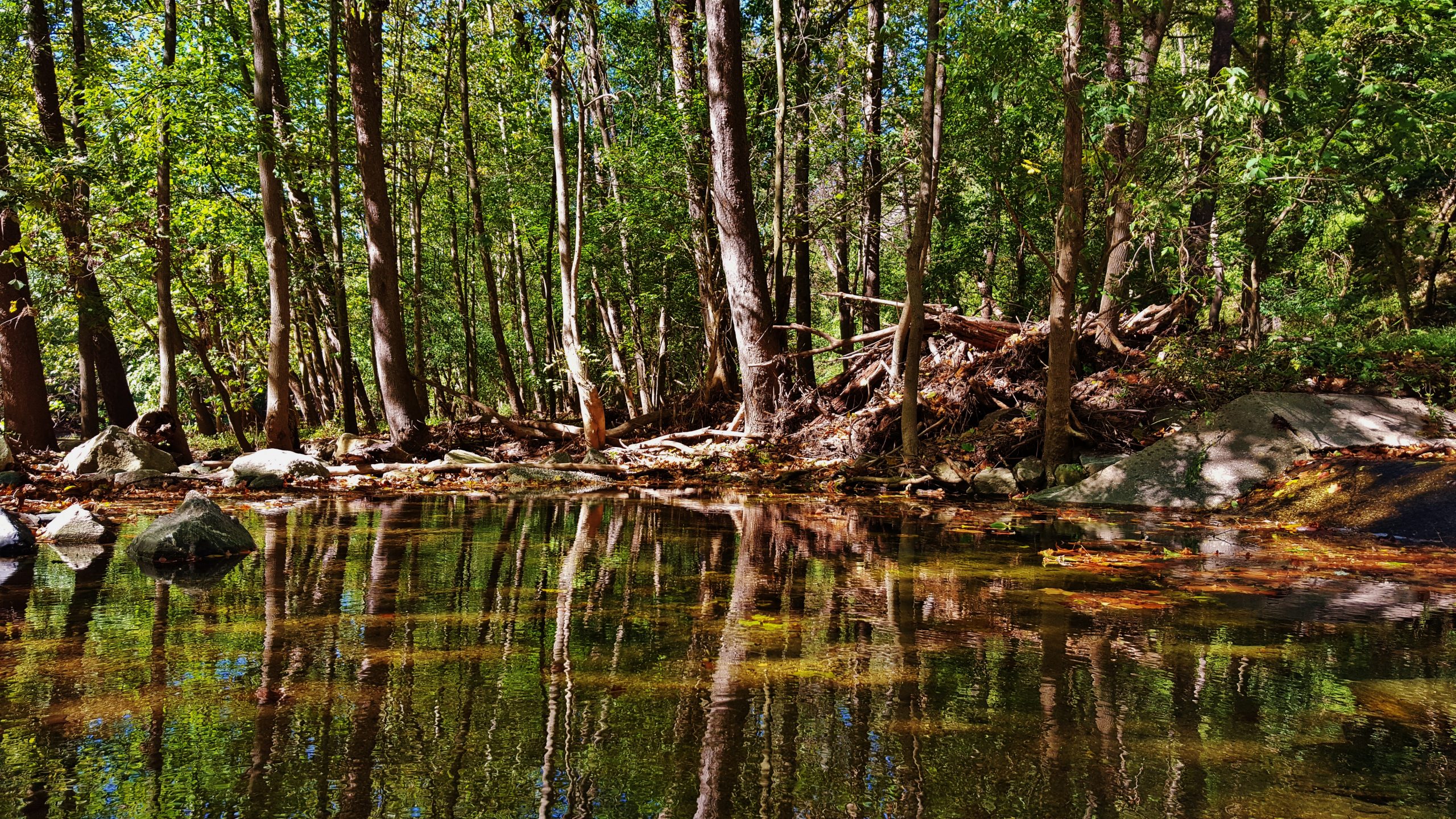When Caitlin Beckjord stepped onto campus for the first time as a UMBC student in fall 2019, she felt energized and prepared to succeed, thanks to a unique, new summer program on urban forestry.
Earlier in the summer, six Howard Community College (HCC) students, including Beckjord, participated in the Baltimore Forest Patches Summer Research Collaboration. This unique pilot project between UMBC and HCC is designed to expand research opportunities for community college students, provide important data on urban forests, and ease students’ transition to UMBC. It also serves to build and strengthen the kinds of relationships that were forged between UMBC and HCC faculty during the STEM Transfer Student Success Initiative (t-STEM).
During the provost-funded pilot, HCC students enrolled in research courses instructed by HCC faculty Will Gretes and Cheryl Campo. Then they participated in fieldwork under the mentorship of UMBC faculty and graduate students. Once they learned about research design and forest ecology in the classroom, they headed outdoors to work in patches of green space across Baltimore City. During their fieldwork, they participated in a practicum course through UMBC’s Shriver Center to help them reflect on their experience.
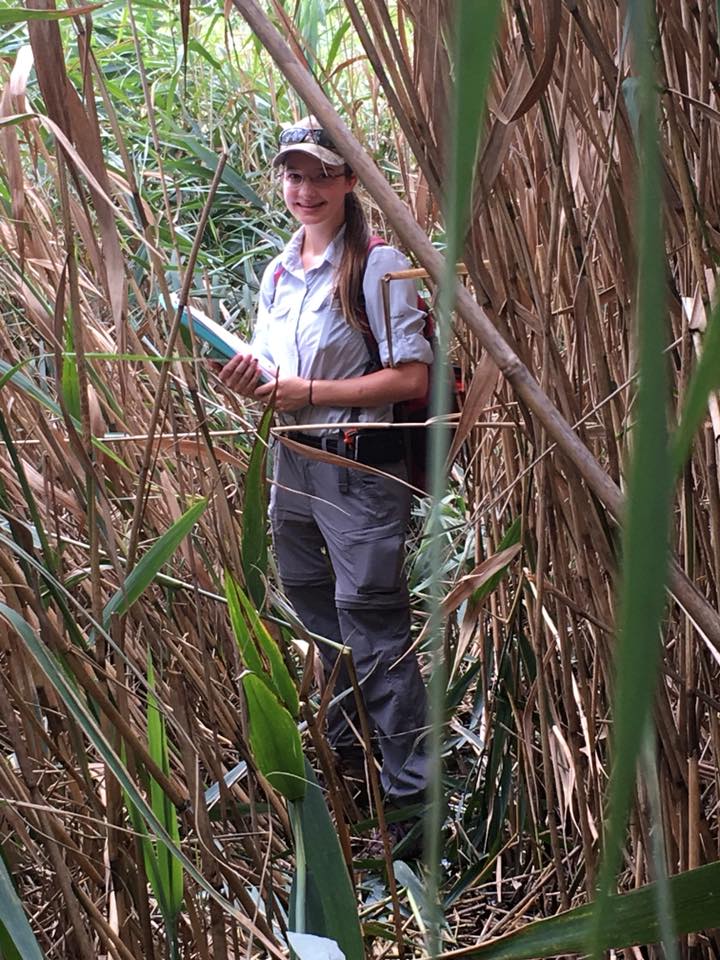
The students are encouraged to return to this forest project for multiple summers, developing more expertise and taking more responsibility each time. Those who transfer to UMBC come in already engaged in a research project and connected to members of the campus community.
“It’s a great example of the relationships we’re building with the community colleges,” says Sarah Jewett, director of transfer innovations in research and practice. “What I love about this program is that it utilizes curricular infrastructure that’s in place at the community colleges, and networks and research expertise here at UMBC. We’re really drawing on the assets at both institutions to make this work.” In particular, Howard Community College’s Dean of Science, Engineering, and Technology Patti Turner was an instrumental partner who made the pilot possible and continues to collaborate with UMBC on a variety of projects.

At home in the forest
The experience opened students’ eyes to the life of an urban forest. After learning about what species they might find, the students took inventory of the plants present and their abundance in forest patches across Baltimore City. Carol Frimpong, who is studying life science and computer science at HCC, became particularly interested in fungi and bacteria along the way.
“This introduced me to environmental microbiology,” she says. “I didn’t realize there was a subfield of microbiology that focuses on the environment. So I hope to go into more of that.”
For Laura Wortman, the experience has changed her relationship with nature. “I feel like I know more about the forest,” she shares, “and I feel more at home there now that I know different trees and groundcovers.”
Matthew Baker, professor of geography and environmental systems (GES) at UMBC, mentored the students in the program. “Hearing these stories is the best part of my job,” he says. “Most professors get involved in the work that they do because they want to see others be inspired the way they were. It’s really rewarding to listen to students who have found something they enjoyed in this experience.”
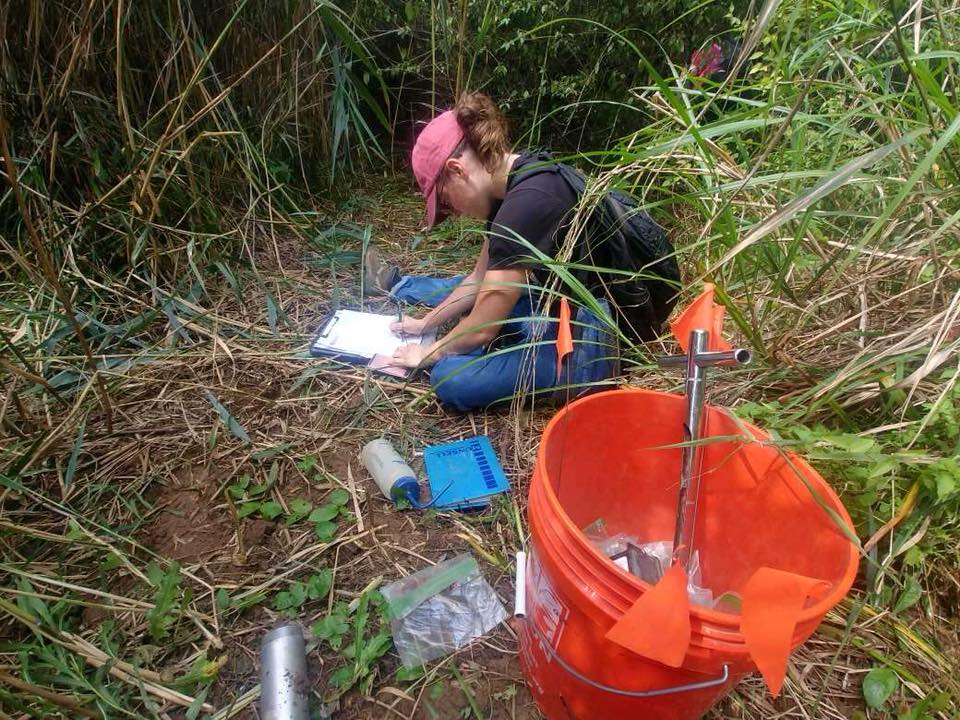
Connections across campuses
The program created opportunities for faculty, graduate student mentors, and participating students to build meaningful relationships with one another. For Beatriz Shobe, who is in the GES Ph.D. program at UMBC, the program confirmed her interest in teaching and fieldwork. “I found that teaching in an interactive, hands-on way is a good skill to have that can be beneficial for both traditional classroom teaching as well as community outreach and engagement,” Shobe says.
Shobe’s teaching resonated with Wortman. “Just hearing Beatriz talk about her research was really interesting, because I’d never talked to someone in a casual context before about their research,” Wortman says. “She told us what had gone wrong with her research, and how that changed the entire trajectory of the project.” She explains, “I learned all this stuff that you wouldn’t hear from someone just presenting on their paper, and that was really enlightening.”
As a result of participating in the program, Wortman is now interested in transferring to UMBC to pursue a combined bachelor’s/master’s degree in GES.
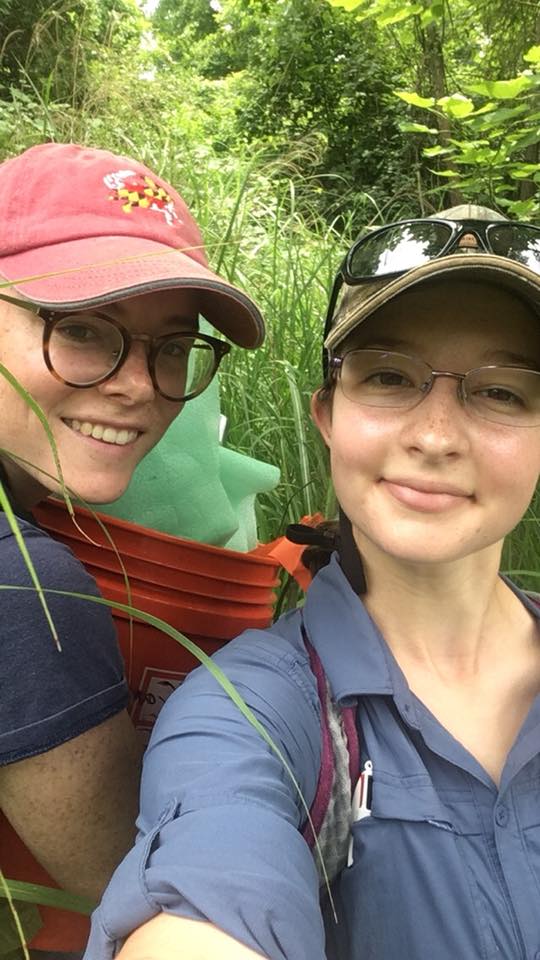
Caitlin Beckjord ‘22, geography and environmental systems, already knew she was passionate about research when she joined the program, and it helped her make connections at UMBC. “Meeting with Dr. Baker and Dr. Jewett allowed me to ask questions about UMBC’s classes and opportunities, and get more in-depth campus tours where I was introduced to several other UMBC professors, students, and advisors,” she shares.
This fall, Beckjord transferred to UMBC, and the experience continues to offer benefits. “Learning how to identify trees and ground cover and work with soils has put me at an advantage in my forest ecology class at UMBC,” she says. Beckjord also has a built-in community on campus; she connects with students and faculty she met during the program on a daily basis.
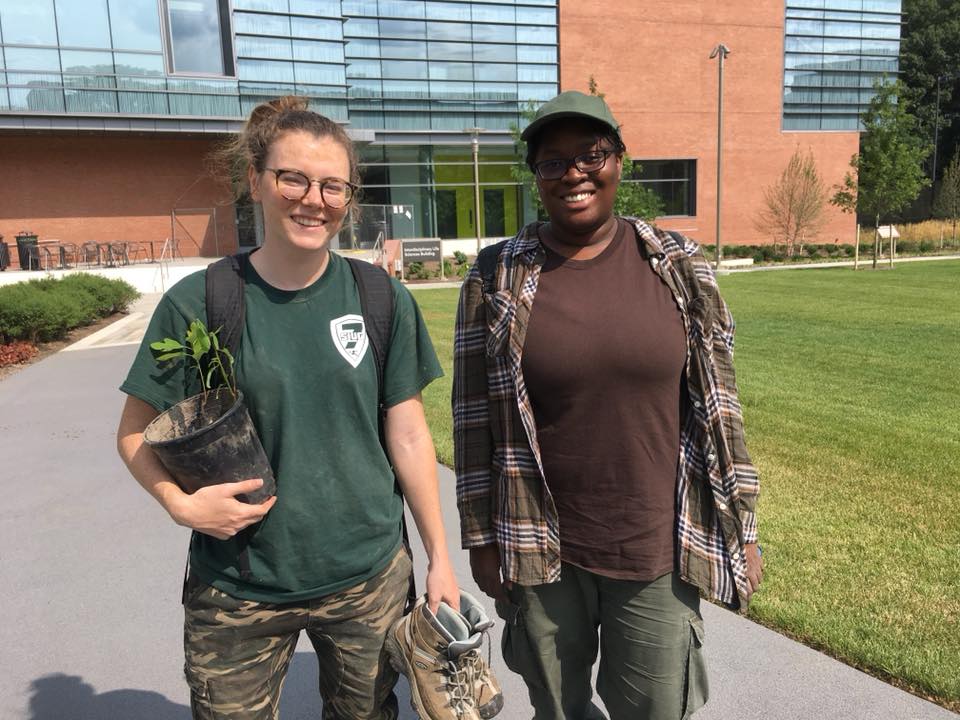
Commitment to conservation
In addition impacting the students and educators involved, this program also contributes to scientists’ understanding of urban forests, through the data the students collect.
Baker has been working for the last seven years “to study urban forest patches and understand their composition, their structure, how they’re managed, and how these factors will affect their future,” he says. “We work to provide information to the public through Baltimore Green Space so that they can inform forest stewards and local community members,” such as private landowners whose property includes forest patches. “At the same time, we’ve been asking questions about urban forest patches in general, and developing techniques for studying them and mapping them in concert with the USDA Forest Service.”
This work is important because urban green space and cohabitation of humans with wildlife are critical to modern environmental conservation. Sometimes the research manifests as big findings about the makeup of urban woods and how to preserve or restore them. At other times, the results are more personal.
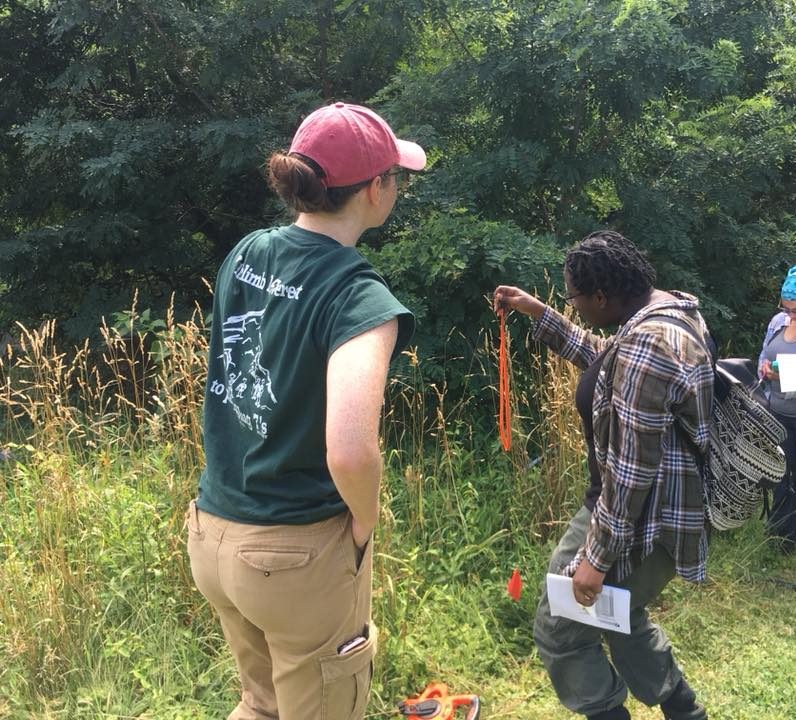
As they were gathering important scientific data and learning about research methods, the students in this program also enjoyed the chance to connect with nature in their daily lives. Growing evidence suggests this kind of experience is critical for our physical and mental health, and for growing the next generation’s commitment to conservation.
“I often go on walks, and there is this one beautiful tree I always sit under, but I never knew what it was before this summer,” Frimpong shares. “But then I looked at it recently and I realized it was a red maple.” She’s also learned the names of local birds and, with her new interest in fungi, mushrooms. Growing thoughtful, she shares, “It’s good to know them by name.”
Banner image: A scene from Patapsco Valley State Park in Baltimore County. Photo by Matthew Beziat, used under CC BY-NC 2.0.
All other photos are courtesy of Caitlin Beckjord.
Tags: CAHSS, GES, Undergraduate Research

